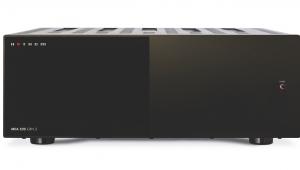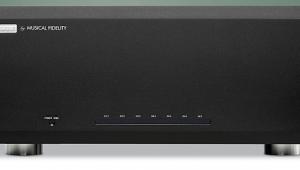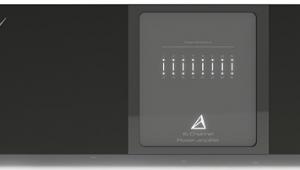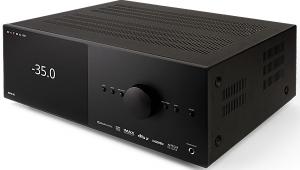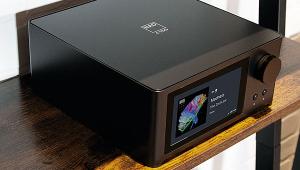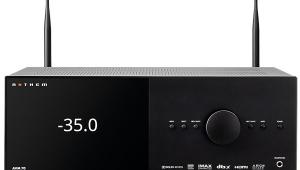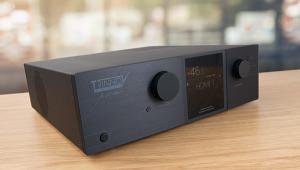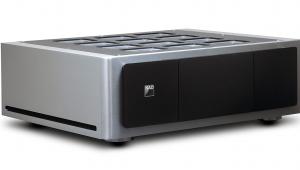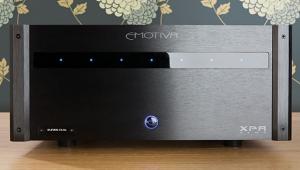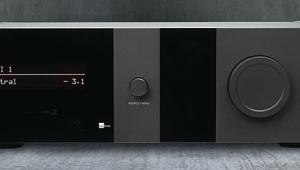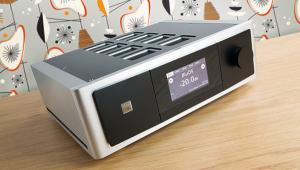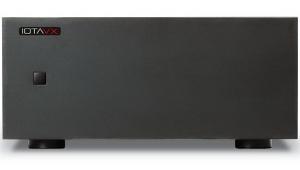Artison Nano Backpack P5 amplifier review
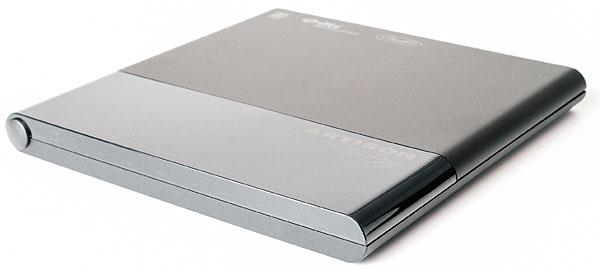
 Steve May plays hide and seek with this space-saving 5.1-channel AV amplifier that's designed to mount to the back of your flatscreen
Steve May plays hide and seek with this space-saving 5.1-channel AV amplifier that's designed to mount to the back of your flatscreen
The Artison Nano Backpack P5 is a Dolby Digital/DTS amplifier unlike any other. Ultra-slim and input-lite, it's AV stripped back to the point of anonymity. And, let's be clear, this is a good thing.
Of all the components that make up home cinema, the AV receiver is the one which has largely remained unchanged. Sure, there's an evolutionary strand of ultra-slim models around from the likes of Marantz, Yamaha and Pioneer, but for the most part the AVR you buy today will look much like the paunchy AVR you bought twenty years ago.
The Nano Backpack P5 is a bit more tuned into the zeitgeist. It doesn't need a plethora of legacy inputs; it's built for the streaming/HDMI age.
As you may have guessed from the Backpack moniker, this amplifier is designed to fit onto the rear panel of a TV rather than sit in an equipment rack. Using two brackets, supplied in the box, it fits snugly onto a dedicated mounting bracket, available as an optional extra.
This makes it a godsend for professional custom installers, who often need to accommodate amplification without bulk or heat.
Of course, you can always use this amplifier in a more conventional locale, placed simply on AV furniture, but that would make little sense, not least because of the high ticket price.
Now You See Me...
The Nano Backpack P5 claims to be the smallest 5.1 amplifier processor in the world, which may not be hyperbole – it stands just over an inch high.
The thinking here is that by reworking the AV amp form factor, any room with a TV can be blessed with a 5.1 sound system without you even noticing. With the Artison discreetly hidden away on the back of a telly (remember you'll need to also accommodate power) you need only to run speaker wire to any chosen loudspeaker in order to rock the room.
In all likelihood, it would be used with on-wall or in-wall speakers, although it could also be partnered with a (premium) passive soundbar or a pair of stereo bookshelf speakers. Artison would probably like you to partner it with its own matching soundbar, the Artison Studio.
The cosmetic design, a mix of aluminium casing and gloss-black plastic, looks smart enough (although ironically it'll probably not be seen). The front fascia, such as it is, features only an illuminated power button. The rear offers rather more clues to its functionality.
All three HDMI inputs can be renamed, while the lone HDMI output has ARC. All support 4K passthrough. There's also a 3.5mm aux, optical digital audio connection, IR sensor to control other devices (a sticky bug is supplied in the box), and a bank of 5.1 speaker terminals.
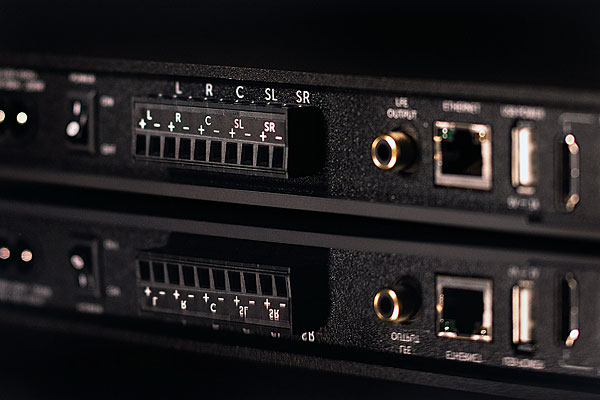
One reason the amplifier is so compact is that it eschews traditional loudspeaker binding posts, in favour of plug-in speaker terminals which anchor bell wire with a small screw clamp. Not often seen on consumer audio gear, this is a clue to the pro AV leanings of its design.
A USB-A jack offers power, so you can connect a streaming stick to one of the amplifier's HDMI inputs. A pre-out handles LFE feed to a subwoofer; Artison has its own Nano models, which take up very little floor space, but for this audition I employed a Yamaha NS-SW300. Main channel duties were handled by Q Acoustic Concept 20 enclosures.
 |
Home Cinema Choice #351 is on sale now, featuring: Samsung S95D flagship OLED TV; Ascendo loudspeakers; Pioneer VSA-LX805 AV receiver; UST projector roundup; 2024’s summer movies; Conan 4K; and more
|



